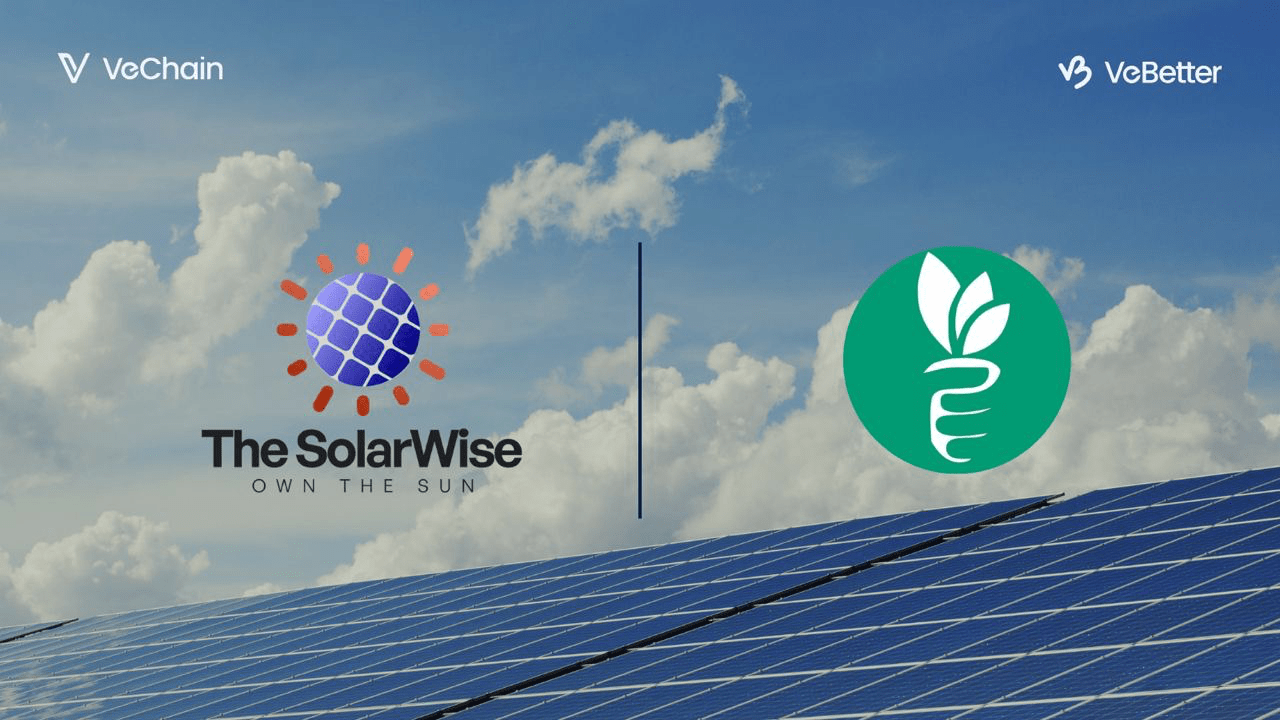Solar Energy
Learn how solar energy works, its benefits, technologies, and adoption strategies empowering individuals to make informed, sustainable choices for their homes and the planet.

Innovations in Solar Technology
Solar energy technology is constantly evolving, with new advancements improving efficiency, affordability, and accessibility. In this lesson, we’ll explore some of the most exciting innovations shaping the future of solar power.
1. Bifacial Solar Panels – Capturing More Sunlight
Traditional solar panels only absorb sunlight from one side, but bifacial panels can generate electricity from both the front and back.
- How It Works: The front absorbs direct sunlight, while the back captures reflected light from surfaces like rooftops or the ground.
- Benefits: Increased energy production, especially in bright environments with reflective surfaces.
2. Perovskite Solar Cells – The Next Generation of Efficiency
Perovskite is a new material that has shown great potential for improving solar panel efficiency.
- Why It’s Important: Perovskite cells can be cheaper to produce and offer higher efficiency than traditional silicon-based cells.
- Future Potential: Scientists are working on making them more durable for long-term use.
3. Floating Solar Farms – Solar Power on Water
Instead of using land, solar panels can now be placed on lakes, reservoirs, or even the ocean.
- Advantages:
- Helps conserve land for other uses.
- Water cools the panels, improving efficiency.
- Reduces water evaporation from reservoirs.
4. Transparent Solar Panels – Windows That Generate Energy
Imagine a window that lets in sunlight while also producing electricity--this is now possible with transparent solar panels.
- Where They Can Be Used: Glass buildings, windows, smartphone screens, and even car windshields.
- Impact: This technology could turn everyday surfaces into energy-generating systems.
5. Solar Skin and Aesthetic Panels – Blending with Architecture
One common concern about solar panels is how they look. New technologies allow panels to match different roof styles without losing efficiency.
- Solar Skins: Special coverings that make panels look like regular roof tiles.
- Building-Integrated Solar (BIPV): Solar panels designed to be part of walls or roofs for a seamless look.
6. High-Efficiency Energy Storage – Making Solar More Reliable
One challenge of solar energy is that it only works when the sun is shining. Advances in battery technology are solving this problem.
- Next-Generation Batteries:
- Lithium-Ion Batteries (like Tesla’s Powerwall) store excess energy for later use.
- Solid-State Batteries could offer even longer-lasting and safer energy storage in the future.
Conclusion
These innovations are making solar energy more efficient, practical, and widely accessible. As technology continues to improve, solar power will play an even bigger role in the global energy transition.